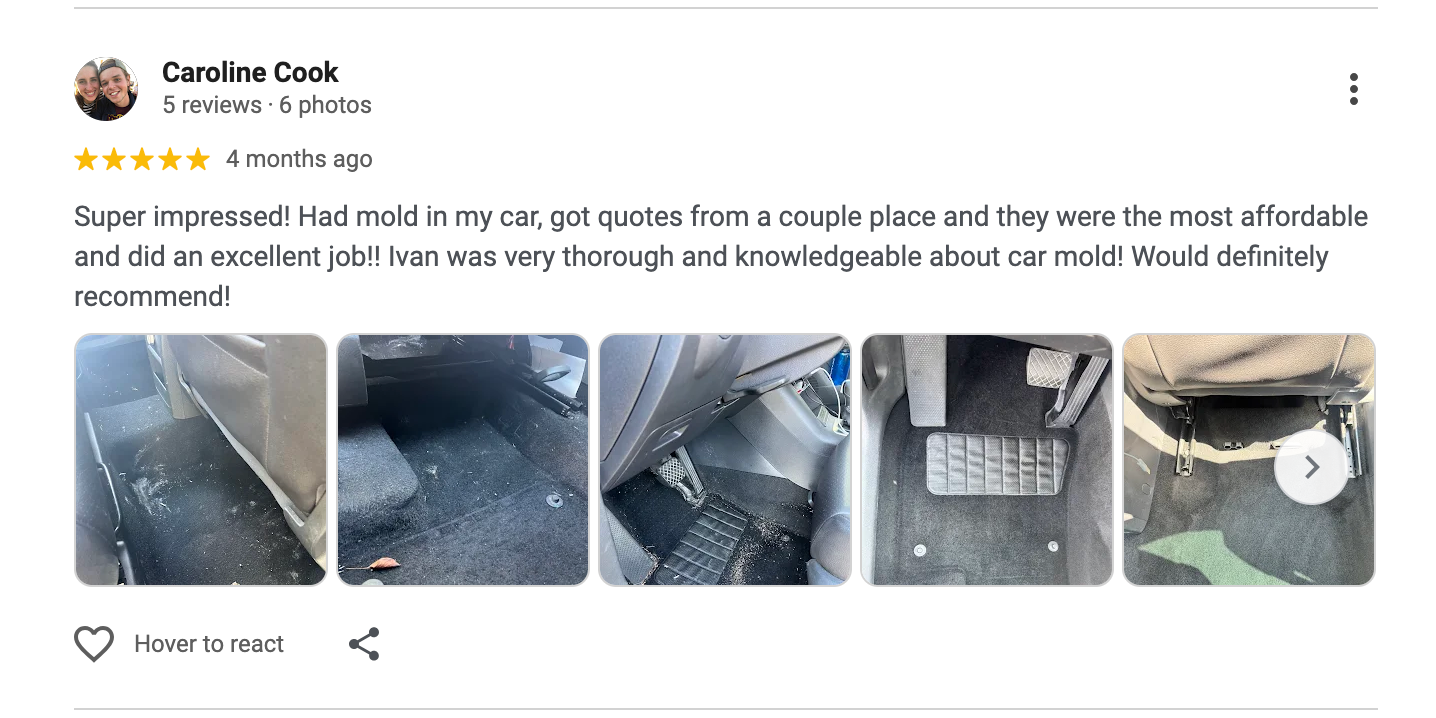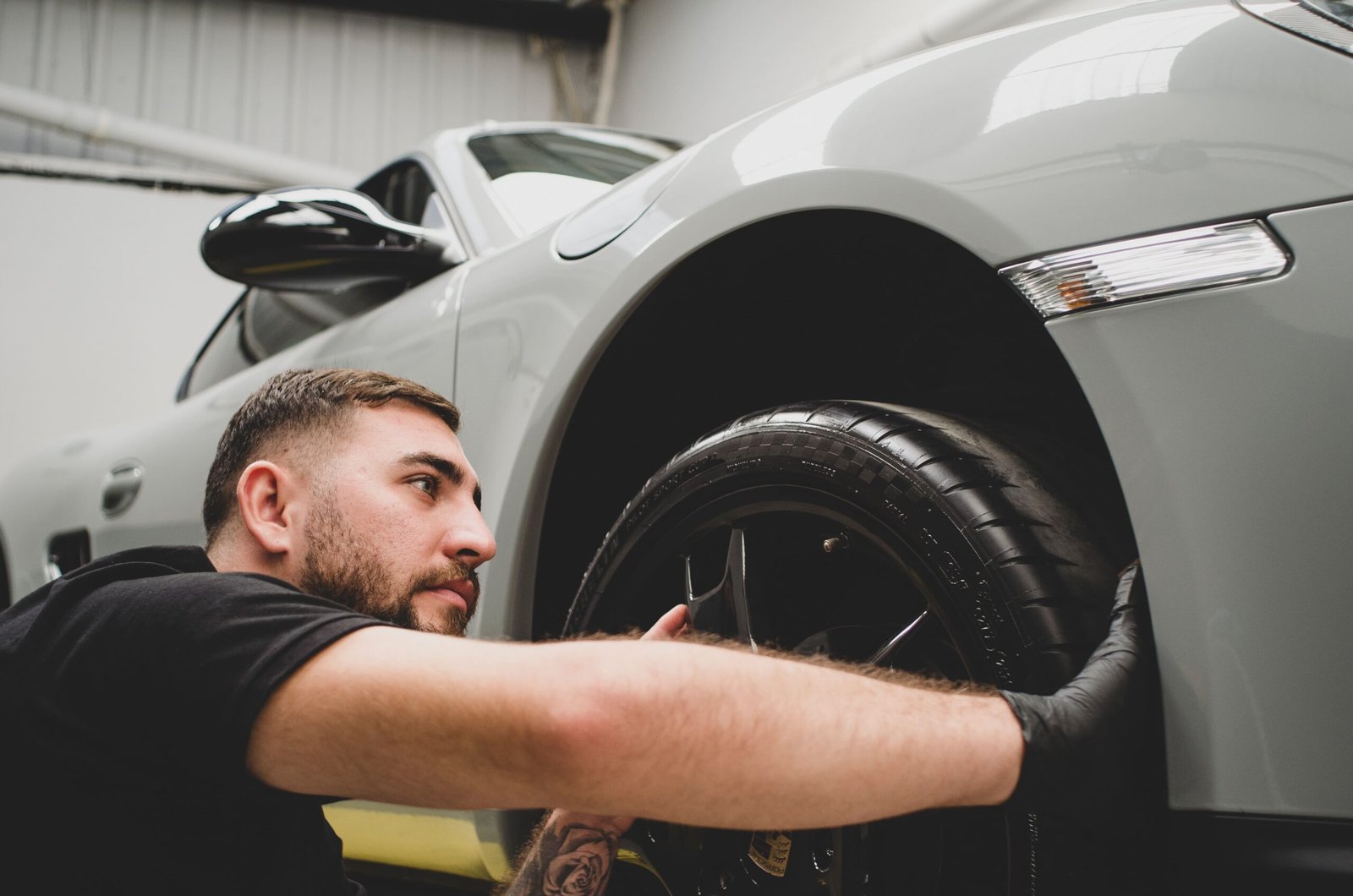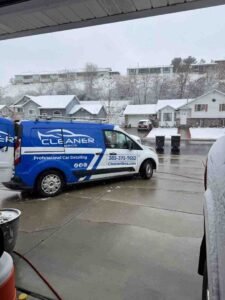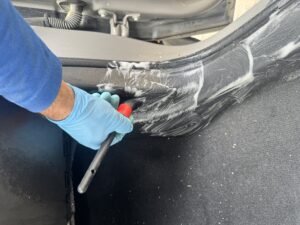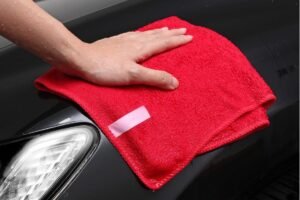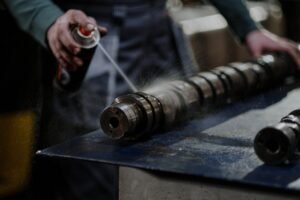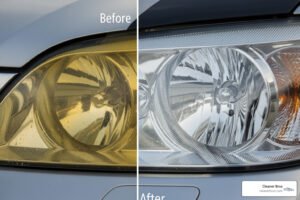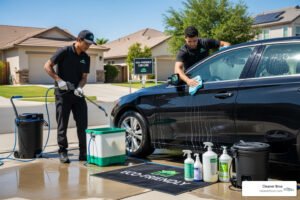Why Odor Elimination Matters More Than You Think
Odor elimination is the process of permanently removing unwanted smells by neutralizing or destroying odor-causing molecules, rather than simply masking them with fragrances. True odor elimination targets the source of the problem for lasting freshness, whether it’s pet accidents, lingering smoke, or musty smells.
Quick Guide to Odor Elimination:
- Identify the source – Find where the smell is coming from before treating.
- Choose your method – Use absorption (charcoal), neutralization (vinegar), or oxidation (ozone).
- Apply the solution – Try DIY methods for mild odors or professional treatments for severe cases.
- Verify results – The smell should be gone, not just covered up.
- Prevent recurrence – Clean regularly and address spills immediately.
Many people struggle with persistent odors because they are simply masking them with fragrances instead of actually eliminating them. Masking an odor layers one smell on top of another, leaving the original odor molecules intact. True odor elimination works at the molecular level, breaking down or trapping odor-causing particles so they can no longer trigger your sense of smell.
Understanding this difference is the first step toward a genuinely fresh-smelling space without constantly reapplying air fresheners or dealing with recurring smells.
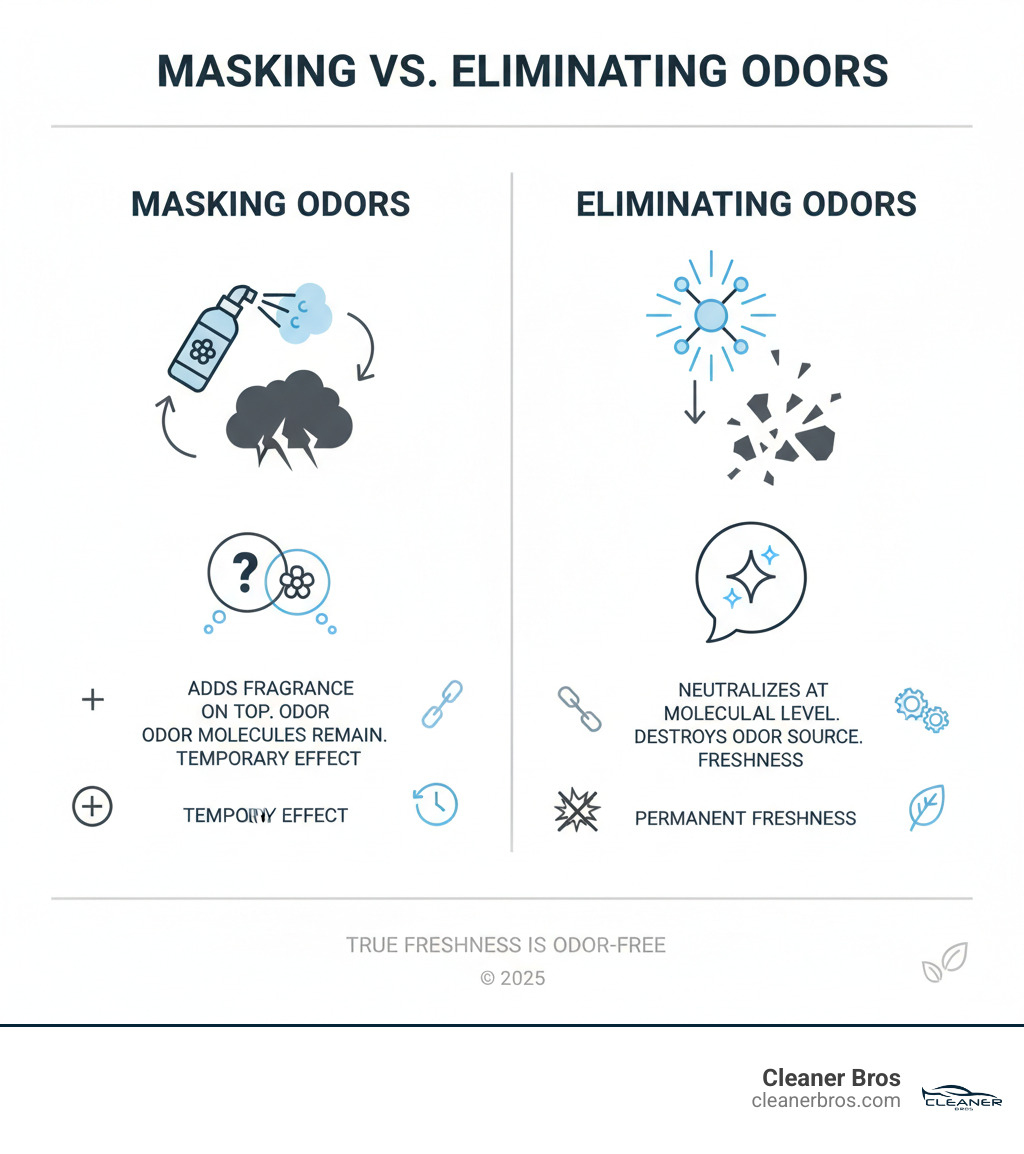
Understanding the Enemy: The Science Behind Odors
Smells are tiny molecules, often called Volatile Organic Compounds (VOCs), that float in the air and land on receptors in your nose. Odor elimination is the science of stopping these molecules from reaching your nose. There are three main ways to do this.
Absorption works like a molecular sponge. Materials like activated charcoal and baking soda have millions of tiny pores that trap and hold odor molecules, pulling them out of the air without adding any scent.
Neutralization uses a chemical reaction to transform a smelly molecule into something that doesn’t smell. When you use vinegar to neutralize an alkaline odor, you’re creating a new, odorless substance.
Oxidation is the heavy hitter of odor elimination. This process uses oxygen atoms to break down and destroy odor molecules at a chemical level. Ozone and chlorine dioxide are powerful oxidizing agents that can tackle the toughest smells.
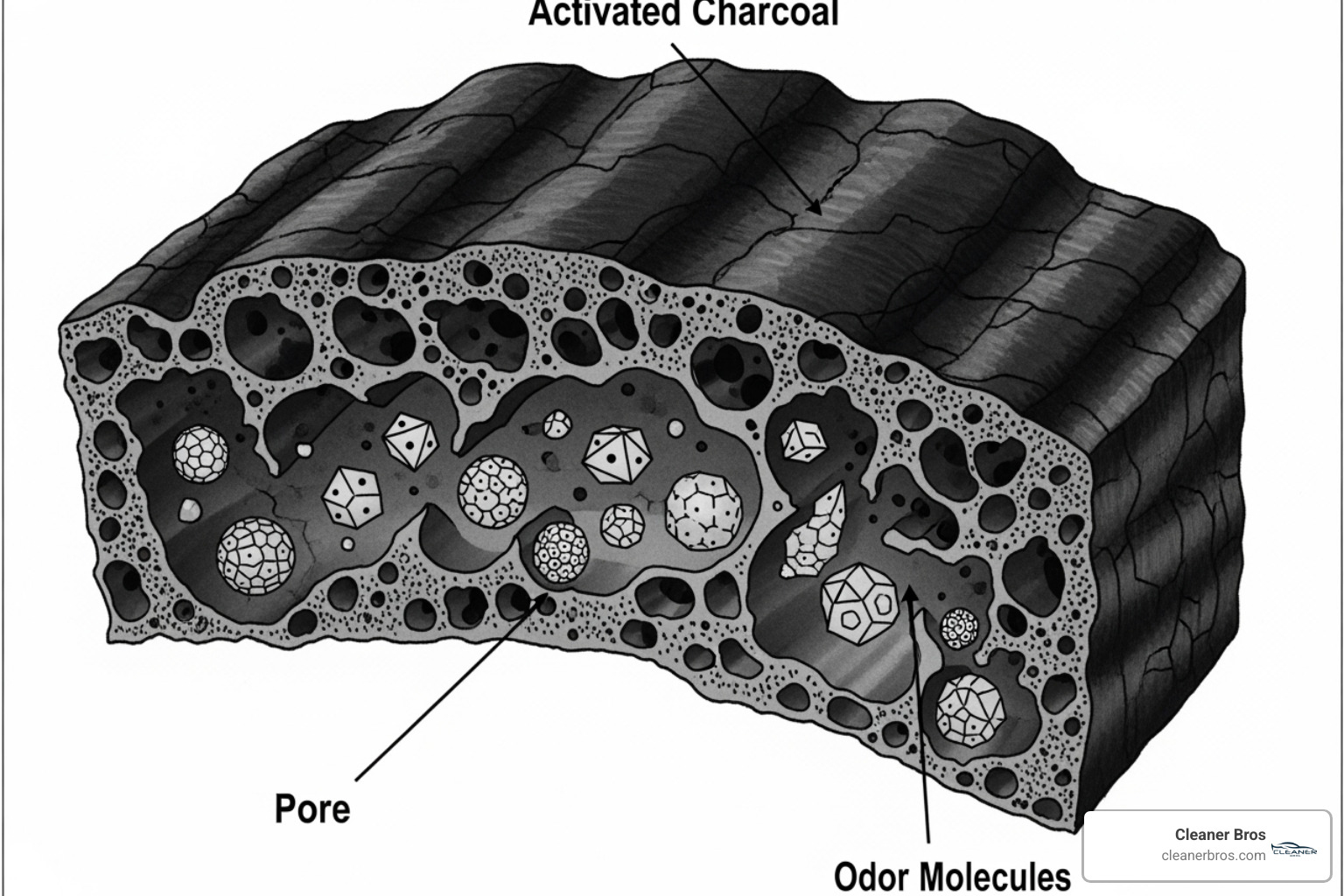
How Different Technologies Work
Different products use these principles to eliminate odors. Each method has its strengths.
Activated charcoal and zeolite are absorption superstars. Their porous structure traps odor molecules, making them ideal for passive, fragrance-free deodorizing in cars, closets, or near litter boxes.
Baking soda is a safe, cheap, and effective neutralizer. Its alkaline nature works on both acidic and basic odors. Sprinkle it on carpets or leave an open box in your fridge.
Moisture absorbers containing calcium chloride tackle odors by preventing mold and mildew growth. They are perfect for musty basements or damp closets.
Sprays and gels often work through chemical neutralization, containing compounds that react with odor molecules to render them odorless.
Enzymatic cleaners contain beneficial bacteria that produce enzymes to break down organic matter. They are incredibly effective for protein-based odors like urine, vomit, or blood because they “eat” the source of the smell.
Ozone generators are the nuclear option for tough odors like smoke or mold. Ozone (O₃) is a highly reactive molecule that destroys odor compounds. Crucially, ozone is harmful to people and pets. The area must be vacated during treatment and thoroughly ventilated afterward.
Chlorine dioxide (ClO₂) is another oxidizing powerhouse that shatters odor molecules. It’s used by professionals for severe odor problems like smoke, petroleum, and mold remediation. You can learn more about The science behind Chlorine Dioxide.
At Cleaner Bros, we prioritize safe, effective solutions. We offer more info about eco-friendly cleaning practices that get results without harsh chemicals.
Your First Line of Defense: Simple DIY Odor Eliminators
Often, the most effective solutions for odor elimination are already in your kitchen. Before buying commercial products, try these natural, cost-effective methods for mild to moderate odors.
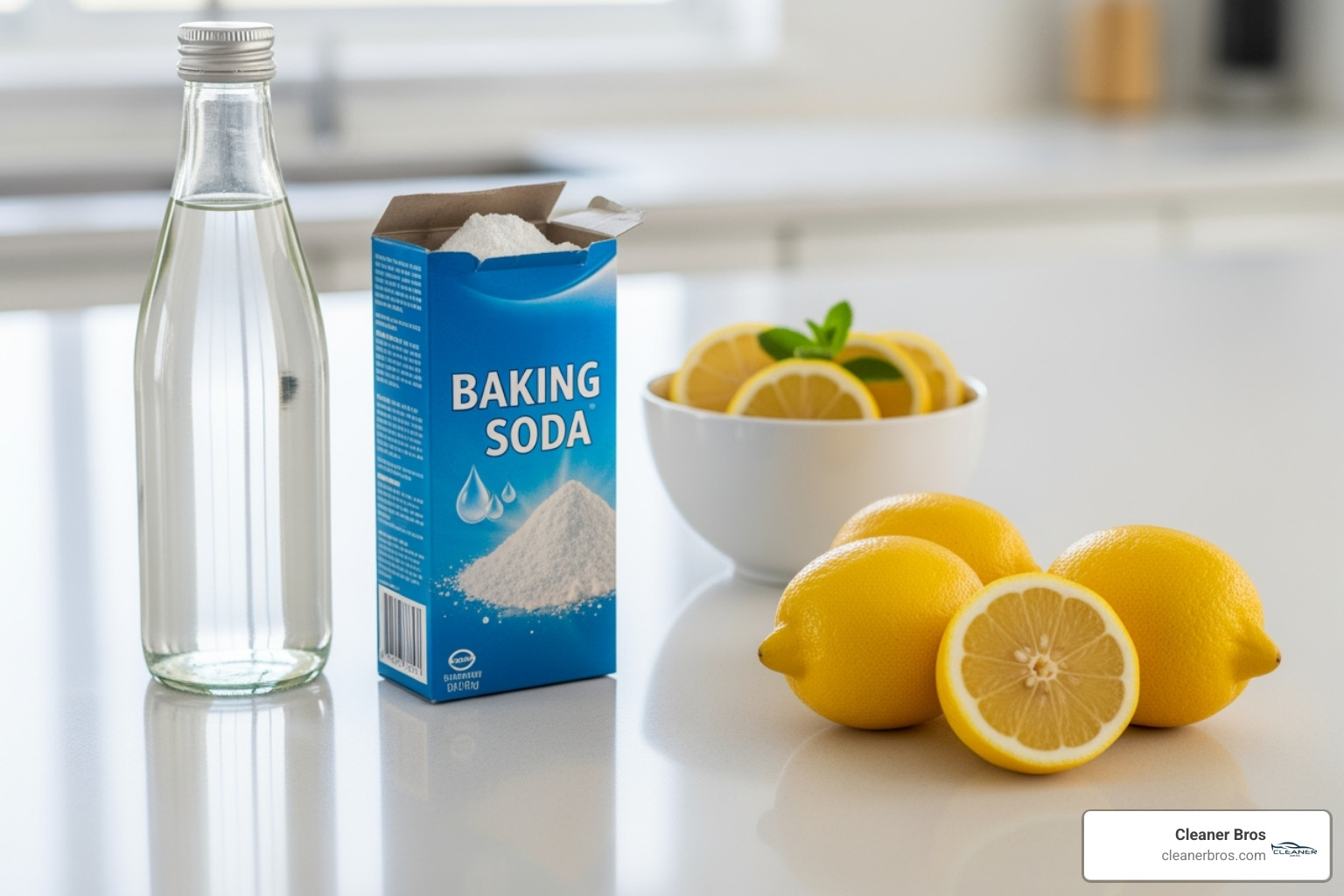
Household staples like baking soda and white vinegar are powerful deodorizers. Baking soda’s alkaline nature neutralizes acidic odors, while vinegar’s acidity breaks down alkaline smells like pet urine. Other natural heroes include coffee grounds and activated charcoal for absorption, and lemon peels and essential oils for a fresh, natural scent.
Creating Your Own Odor-Absorbing Solutions
Vinegar Spray: Mix equal parts white vinegar and water in a spray bottle. Use it on surfaces or mist it into the air to neutralize cooking or general odors. The vinegar smell dissipates quickly.
Carpet Deodorizer: Sprinkle baking soda generously on carpets or upholstery. Let it sit for at least 30 minutes (or overnight for tough odors), then vacuum thoroughly. For a pleasant scent, mix in a few drops of essential oil first.
Deodorizer Disks: Make your own by mixing 2 cups of baking soda with 1 cup of distilled water and a few drops of essential oil into a thick paste. Press into silicone molds, let dry for 48 hours, and place in closets or drawers.
Simmering Pot: For a quick way to make your home smell great, simmer water on the stove with lemon peels, cinnamon sticks, or cloves.
While these solutions are natural, always keep them out of reach of pets and children, as some essential oils can be toxic if ingested.
Five Easy-to-Make DIY Odor Eliminators:
- Vinegar Spray – 50/50 white vinegar and water for surfaces and air
- Baking Soda Sprinkle – On carpets, upholstery, or pet beds
- Activated Charcoal Sachets – Fill small breathable bags for closets or gym bags
- Lemon & Clove Deodorizer – Push whole cloves into a cut lemon half and place in a room
- Essential Oil Diffuser – Use a few drops in a diffuser for pleasant, mild scent
These DIY methods are great starting points, but some jobs require more advanced solutions.
Leveling Up: Advanced Methods for Tough Odor Elimination
When DIY efforts aren’t enough for deeply embedded smells, it’s time for advanced odor elimination methods that destroy the source of the problem.
Enzymatic cleaners are your go-to weapon for organic odors. They use beneficial bacteria to produce enzymes that digest the organic matter causing smells like pet urine, vomit, or blood. Regular cleaners can’t break down the uric acid crystals in pet urine, but enzymatic cleaners can, eliminating the smell at its source.
Oxidizing agents like chlorine dioxide and ozone destroy odor molecules completely. Chlorine dioxide shatters the chemical structure of odors, making it effective enough for decontamination after disasters. You can learn more about the science behind Chlorine Dioxide. Ozone generators produce ozone gas (O₃) that penetrates fabrics, carpets, and air ducts to break down smoke, mold, and severe pet odors. Crucially, ozone is hazardous and requires professional handling. The space must be unoccupied during treatment and thoroughly ventilated afterward.
The Ultimate Guide to Car Odor Elimination
Cars are enclosed spaces that trap odors from coffee spills, fast food, pets, cigarette smoke, and musty AC systems. While fresh spills can be cleaned easily, embedded odors require a deeper approach.
Smoke odors are particularly tough because they permeate every surface, from the headliner to the ventilation system. A surface cleaning won’t be enough. Similarly, a mildew smell in your AC indicates mold and bacteria growth deep within the system.
Real odor elimination in cars requires professional deep cleaning. Our Interior Car Detailing for Stubborn Stains & Odors service uses professional-grade steamers and extractors to pull odors from deep within carpet and upholstery fibers.
For severe cases like smoke or persistent pet smells, we bring ozone treatment to your location. As a mobile auto detailing service in Orem and northern Utah County, we safely set up an ozone generator in your sealed vehicle. The gas penetrates every nook and cranny to destroy odors. Afterward, we thoroughly ventilate the vehicle, leaving it completely fresh and safe.
Professionals know how to target hard-to-reach areas under seats and in the HVAC system. For pet accidents, our specialized Car Seat Shampoo Cleaning for pet accidents service gets deep into the fibers where DIY methods can’t reach. Our goal is complete odor elimination, not just a temporary mask.
A Practical Guide: Tackling Specific Odors at the Source
Effective odor elimination requires matching the method to the smell. You wouldn’t use a hammer to fix a leaky faucet; the same principle applies here. Always identify the source and clean the area thoroughly before applying any deodorizing product.
Be aware that porous surfaces like carpet, upholstery, and drywall absorb odors deeply and may require multiple treatments. Hard surfaces like tile and sealed wood are easier to clean with a simple neutralizing solution.
Battling Pet Odors
Pet urine contains uric acid crystals that can reactivate with humidity, bringing back the smell long after cleaning. This is why enzymatic sprays are essential for odor elimination. They contain enzymes that break down these crystals, permanently removing the source. For deep-set odors in carpets or car seats, professional cleaning is often necessary. Our Car Seat Shampoo Cleaning for pet accidents service can extract odors that DIY methods leave behind.
For general dander and “wet dog smell,” regular pet grooming, frequent vacuuming with a HEPA filter, and washing pet bedding are key. Activated charcoal bags can help absorb ambient pet odors from the air.
Erasing Smoke and Musty Smells
Smoke and musty odors are challenging because they permeate entire spaces.
Cigarette smoke leaves a sticky residue on every surface. Eradication requires deep cleaning all hard surfaces (including walls) and washing all fabrics. For severe cases, especially in vehicles, oxidizing agents like ozone or chlorine dioxide are needed to destroy the smoke molecules chemically.
Musty smells indicate mold or mildew, meaning excess moisture is the root cause. First, find and fix any leaks. Use dehumidifiers and improve ventilation to keep the area dry. Clean visible mold with an appropriate cleaner, ensuring you wear gloves and have good airflow. Activated charcoal is excellent for absorbing any lingering musty odors.
| Method | Best for Smoke Odors | Best for Musty Odors |
|---|---|---|
| Ventilation | Essential for initial air exchange | Crucial to reduce humidity and air out space |
| Deep Cleaning | Washing all surfaces (walls, fabrics, etc.) with strong cleaners | Cleaning mold/mildew from surfaces; addressing moisture sources |
| Activated Carbon/Charcoal | Good for absorbing residual airborne smoke molecules | Excellent for absorbing airborne musty smells, especially in damp areas |
| Ozone Generator | Highly effective for pervasive, embedded smoke (professional use recommended) | Highly effective for mold/mildew odors, often used in basements (professional use recommended) |
| Chlorine Dioxide | Excellent for permanent destruction of smoke molecules (professional/careful DIY use) | Very effective at destroying mold/mildew odor molecules |
| Enzymatic Cleaners | Not primary for smoke, but can help with associated organic residues | Not primary for musty, but can help with organic residue from mildew |
| Dehumidifiers | Indirectly helps by reducing general dampness that can worsen smoke smell | Directly tackles the root cause (moisture) of musty odors |
| Air Fresheners | Masks only, not an elimination method | Masks only, not an elimination method |
Choosing the Right Method for Effective Odor Elimination
When selecting a method, consider these factors:
- Sensitivities, Children, and Pets: Prioritize safety. Start with natural, non-toxic solutions like baking soda, vinegar, and activated charcoal. For chemical products, ensure proper ventilation and keep them out of reach.
- Natural vs. Chemical: Natural methods are safer and cheaper for mild odors but may be slower. Chemical solutions are faster and more powerful for severe odors but require careful handling.
- Odor Type and Severity: Match the solution to the problem. Use enzymatic cleaners for organic smells (pets, food) and oxidizing agents for smoke or mold. Mild odors may only need a DIY solution, while severe odors often require professional help.
- Solution Type: Absorbents like charcoal offer long-term, passive odor control. Oxidizers and enzymatic cleaners provide a permanent fix by destroying the odor source.
Frequently Asked Questions about Odor Elimination
We hear these questions all the time from our clients in Utah County. Here are some quick answers to clear up common confusion about odor elimination.
How long do odor eliminators last?
The lifespan of an odor eliminator depends entirely on the type:
- Sprays: The shortest-lasting solution, offering temporary relief for minutes to a few hours.
- Gels: These provide passive odor control for several weeks to a few months.
- Charcoal Bags: These are long-lasting, absorbing odors for months and can often be “recharged” in sunlight.
- Ozone & Enzymatic Treatments: When used correctly to destroy the odor source, the odor elimination is permanent. The smell will not return unless the source is reintroduced.
Are chemical odor eliminators safe to use around pets and kids?
Safety is paramount. Always follow these guidelines:
- Read the Label: Follow the manufacturer’s safety instructions for use around children and pets.
- Choose Natural First: When possible, opt for non-toxic options like baking soda, vinegar, or activated charcoal.
- Ventilate: Always ensure proper ventilation during and after using any chemical product. Let the area air out completely before allowing pets or kids back in.
- Store Securely: Keep all chemical products out of reach.
- Use Professionals for Oxidizers: Powerful agents like ozone and chlorine dioxide are hazardous and should only be used in unoccupied spaces, followed by thorough ventilation. Professional application is recommended.
What’s the difference between an air freshener and an odor eliminator?
This is the key to success. Understanding this difference will save you frustration and money.
Air Fresheners MASK odors. They release a pleasant fragrance to cover up an unpleasant smell. The original odor-causing molecules remain.
Odor Eliminators REMOVE odors. They work at a molecular level to neutralize, absorb, or destroy the odor-causing molecules. The goal is permanent removal, not a temporary cover-up. For lasting freshness, always choose true odor elimination.
A Breath of Fresh Air: Maintaining an Odor-Free Space
You’ve achieved true odor elimination. Now, maintaining that freshness is about simple, consistent habits. Prevention is always easier than a cure.
- Clean Regularly: Weekly vacuuming and wiping down surfaces prevents odor-causing particles from building up.
- Ensure Good Ventilation: Regularly open windows to exchange stale air. Use exhaust fans in bathrooms and kitchens to remove moisture and cooking smells.
- Tackle Spills Immediately: The faster you clean up messes, the less chance they have to soak in and become a persistent odor source.
- Use Preventative Products: Place activated charcoal bags in closets and cars, or sprinkle baking soda in trash cans to absorb odors before you notice them.
Life gets busy, and stubborn odors happen, especially in vehicles. That’s why Cleaner Bros exists. As a mobile auto detailing service serving Orem, Spanish Fork, Springville, and throughout Utah County, we bring professional, eco-friendly cleaning to you. We save you time by using biodegradable products and minimal water at your home or office.
For the toughest vehicle odors that DIY methods can’t handle—like embedded smoke or persistent pet smells—a professional ozone treatment is the ultimate solution. We provide genuine odor elimination, not just a cover-up.
Don’t let lingering odors ruin your drive. Get a quote for professional odor elimination today and experience a truly fresh, clean vehicle.

